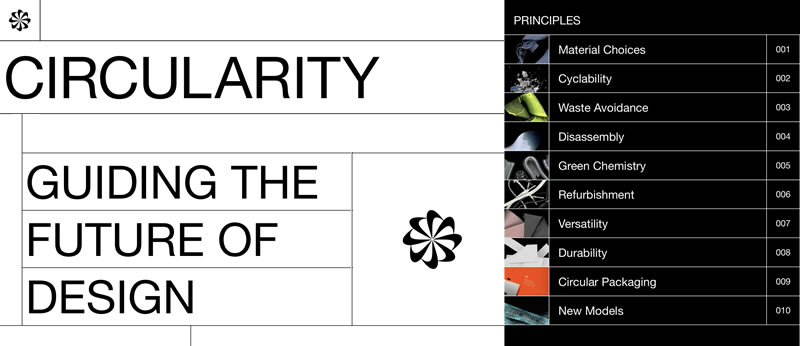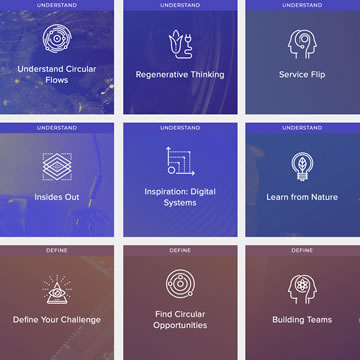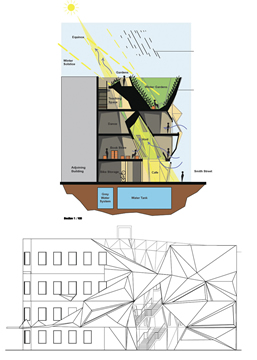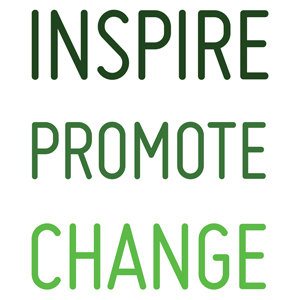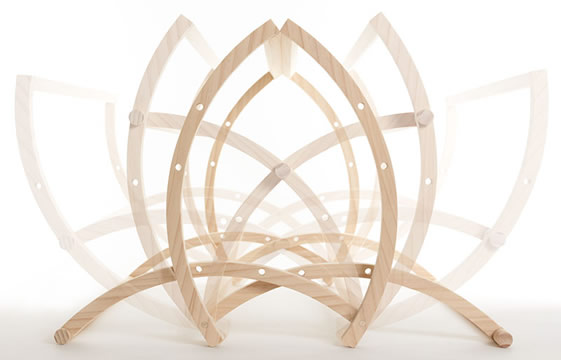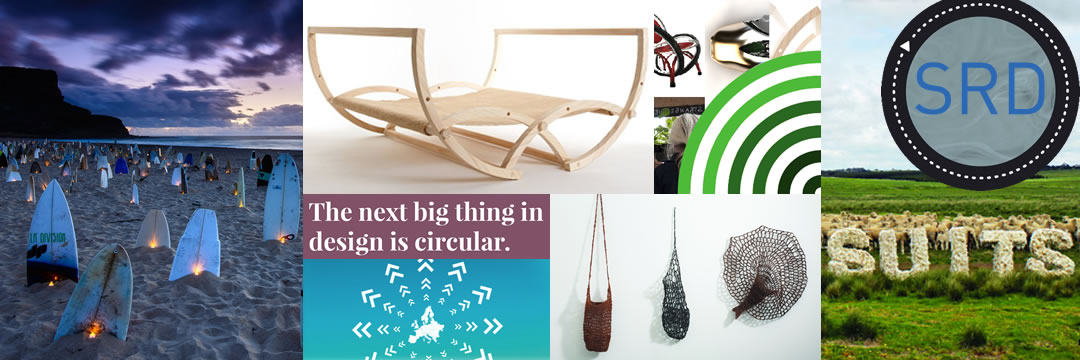
Multi-disiplinary Design
Sustainable Responsible design thinking & practice
Design, similar to art, is not very easily categorised, is multi-disciplined and when it intentionally follows #ResponsibleDesign thinking and practice is of great currency, practicality and often stretches the boundaries of what’s possible. This page brings together related areas that are covered in more depth by the individual discipline pages. Design can challenge, inspire and educate in many ways especially if you look beyond the surface. Review the reborn o2 designers network for Sustainable and Regenerative Design
Designers (and consumers), face the challenge of considering the full impact of the buildings, products and processes they use and all they create. Responsibility extends well beyond the time a product is used and includes it’s full life cycle and even whole system thinking to consider all aspects such as appropriate and minimum materials, recyclability, decomposition and toxicity. It also extends to; is the product useful, does it fulfill a real need, is it robust and durable, easy to repair or disassemble for repurposing? It’s also a responsibility of interest for consumers who are now much more environmentally aware of the real cost of current wasteful and toxic production and are demanding better solutions. Most processes have many flow on effects, whether perfectly efficient or totally toxic the decisions are yours to choose and influence. Below are ideas to develop this thinking responsibly. Regenerative Design is a more recent subset of #ResponsibleDesign and embodies multiple appropriate concepts and practices of high value. For Sustainable and Regenerative Design review the reborn o2 designers network.
The series of #ResponsibleDesign core concepts are summarised well in Ellen MacArthur Foundation pages: The circular economy has deep-rooted origins and cannot be traced back to one single date or author. Its practical applications to modern economic systems and industrial processes, however, have gained momentum since the late 1970s, led by a small number of academics, thought-leaders and businesses. Cradle to Cradle : Performance economy : Biomimicry : Industrial Ecology : Natural Capitalism : Blue Economy : Regenerative Design Several Schools of Thought
With CIRCULARITY, NIKE has quite a good online guide for footwear, apparel and similar goods. CREATING PRODUCTS THAT LAST LONGER AND ARE DESIGNED WITH THE END IN MIND. Worth a look www.nikecirculardesign.com/
Global Opportunity Explorer. Another great example of following trends in sustainability for over a decade, distilling complexities and inspiring action with engaging narratives. Use your “uncommon” common sense to combine #ResponsibleDesign thinking and business planning to global issues. Sustainia has many options to review with their global opportunity explorer.
The Circular Design Guides says: “The scale of what we’re designing has shifted from products, to companies, to economic systems. Who we’re designing for has expanded from a solitary user to an intimately connected web of people, spanning the globe. New tools such as artificial intelligence, the internet of things, and biomimicry mean our design ambitions are limited only by our imagination. Meanwhile, creativity has never been more important: the global economy is stuttering and disruptive technologies challenge established business models.”
Designed to explore! Lots of info onsite for Ideas, Exhibitions, People, Connections, News, Membership Brochure, Give Now, Privacy & more.


